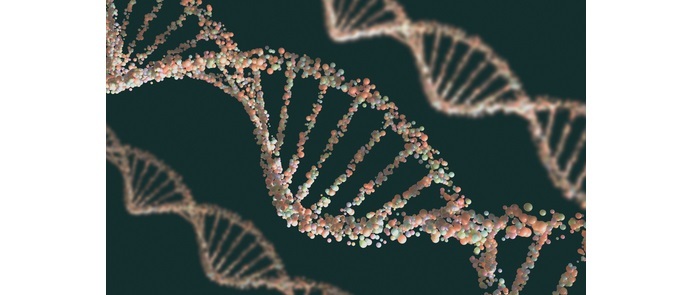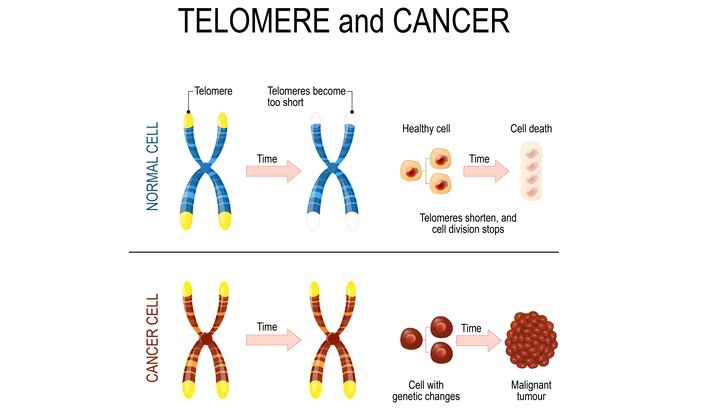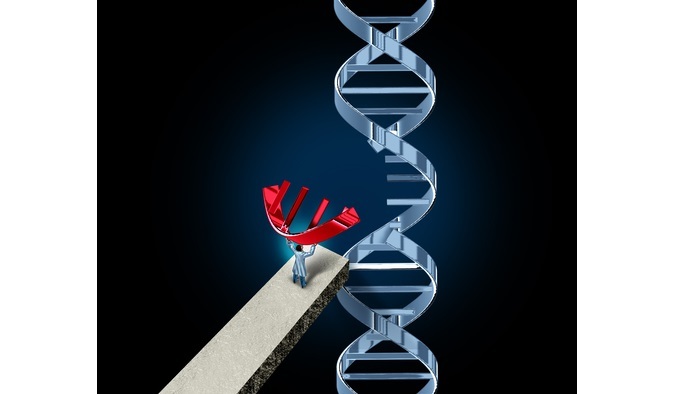
 Data Structure
Data Structure Networking
Networking RDBMS
RDBMS Operating System
Operating System Java
Java MS Excel
MS Excel iOS
iOS HTML
HTML CSS
CSS Android
Android Python
Python C Programming
C Programming C++
C++ C#
C# MongoDB
MongoDB MySQL
MySQL Javascript
Javascript PHP
PHP
- Selected Reading
- UPSC IAS Exams Notes
- Developer's Best Practices
- Questions and Answers
- Effective Resume Writing
- HR Interview Questions
- Computer Glossary
- Who is Who
DNA Damage and Repair Mechanisms
Introduction
DNA is the genetic material that provides instructions for the development, function, and reproduction of all living organisms. It is the molecular basis of life, and any damage to it can have serious consequences for the organism. DNA damage can occur spontaneously or as a result of exposure to environmental agents such as radiation, chemicals, and viruses.
This damage can lead to mutations and ultimately to diseases such as cancer, aging, and neurodegenerative disorders.
In order to maintain the integrity of the genetic material, cells have developed several mechanisms to repair DNA damage. These mechanisms are essential for the survival and health of the organism.

What is DNA Damage?
DNA damage is any change to the chemical structure of DNA that can interfere with its normal function. It can occur at the level of the nucleotide bases, the sugar-phosphate backbone, or the double-stranded helix.
Some of the most common types of DNA damage include
Single-strand breaks: These occur when one of the two strands of the DNA molecule is broken.
Double-strand breaks: These occur when both strands of the DNA molecule are broken.
Base damage: This damage occurs when one of the nucleotide bases in the DNA molecule is altered or modified.
Crosslinking: This occurs when two or more strands of DNA are covalently linked together.

What Causes DNA Damage?
DNA damage can occur spontaneously as a result of errors that occur during DNA replication or as a result of exposure to environmental agents such as radiation, chemicals, and viruses.
The most common Sources of DNA Damage include
Ultraviolet (UV) radiation: This can cause thymine dimers, which are covalent linkages between two adjacent thymine bases in the DNA molecule.
Ionizing radiation: This can cause double-strand breaks in the DNA molecule.
Chemicals: Many chemicals, such as benzene and cigarette smoke, can cause DNA damage.
Viruses: Some viruses, such as the human papillomavirus (HPV), can cause DNA damage.
What Happens If DNA Is Not Repaired?
If DNA damage is not repaired, it can lead to mutations and ultimately to diseases such as cancer, aging, and neurodegenerative disorders. Mutations can occur when damaged DNA is replicated and the error is not corrected.
Mutations can lead to changes in the amino acid sequence of proteins, which can affect their function. For example, a mutation in the BRCA1 gene can increase the risk of breast and ovarian cancer.

How Do DNA Repair Mechanisms Work?
DNA repair mechanisms are essential for the maintenance of genetic integrity. They can be divided into two categories: Direct repair and Indirect repair.
Direct Repair
Direct repair mechanisms involve the reversal of DNA damage without the removal of any nucleotides. There are three types of direct repair mechanisms ?
Photoreactivation: This mechanism repairs thymine dimers caused by UV radiation. It involves the use of a photolyase enzyme that uses light energy to break the covalent bonds between the thymine bases.
Alkyltransferase: This mechanism repairs alkylation damage to DNA bases. It involves the use of an alkyltransferase enzyme that transfers the alkyl group from the damaged base to a cysteine residue in the enzyme.
Methylguanine methyltransferase (MGMT): This mechanism repairs damage to the O6 position of guanine caused by chemicals such as nitrosoureas. It involves the use of an MGMT enzyme that transfers the methyl group from the damaged base to a cysteine residue in the enzyme.

Indirect Repair
Indirect repair mechanisms involve the removal of the damaged nucleotide followed by the insertion of a new nucleotide. There are several types of indirect repair mechanisms ?
Base excision repair (BER): This mechanism repairs damaged or modified bases. It involves the removal of the damaged base by a DNA glycosylase enzyme, followed by the cleavage of the sugar-phosphate backbone by an AP endonuclease enzyme. The gap is then filled with a new nucleotide by a DNA polymerase enzyme, and the nick is sealed by a ligase enzyme.
Nucleotide excision repair (NER): This mechanism repairs bulky lesions such as pyrimidine dimers caused by UV radiation. It involves the recognition of the damage by a complex of proteins, followed by the excision of a short segment of DNA containing the damage. The gap is then filled with a new nucleotide by a DNA polymerase enzyme, and the nick is sealed by a ligase enzyme.
Types of Repair Mechanisms in A Cell
Apart from the direct and indirect repair mechanisms mentioned earlier, there are additional repair mechanisms that cells use to repair DNA damage. These mechanisms are less common than direct and indirect repair mechanisms, but they are still critical for maintaining the integrity of the genetic material.
Translesion synthesis (TLS)
This mechanism is used by cells to replicate past DNA damage during the S phase of the cell cycle. It involves the use of specialized polymerases that can insert nucleotides opposite the damaged site, even if they do not match the normal Watson-Crick base pairing rules.
TLS can result in the introduction of mutations, but it is preferable to a stalled replication fork that could lead to more severe damage.
Non-homologous end joining (NHEJ)
This mechanism is used to repair double-strand breaks in DNA. It involves the joining of the two broken ends of the DNA molecule, with the potential loss of some nucleotides at the breaking point. NHEJ is an error-prone mechanism, but it is faster than the alternative homologous recombination (HR) mechanism.
Alternative end joining (alt-EJ)
This is a less well-understood mechanism of double-strand break repair that occurs when the two ends of the broken DNA molecule cannot be ligated by NHEJ. Alt-EJ involves the use of microhomology regions near the breaking point to rejoin the DNA strands, resulting in the loss or gain of nucleotides.

